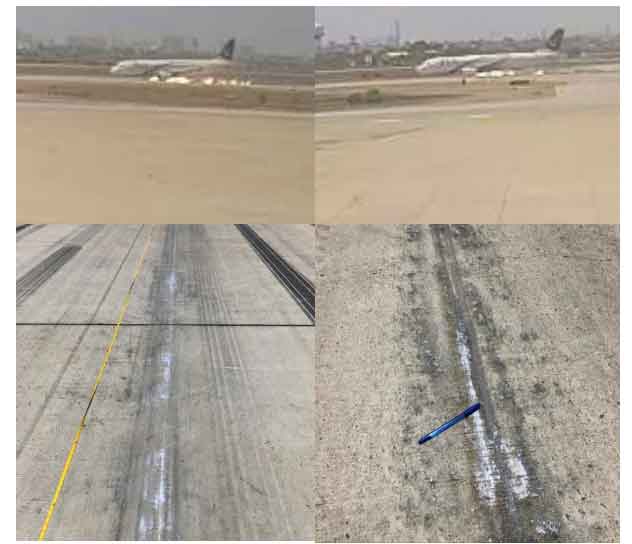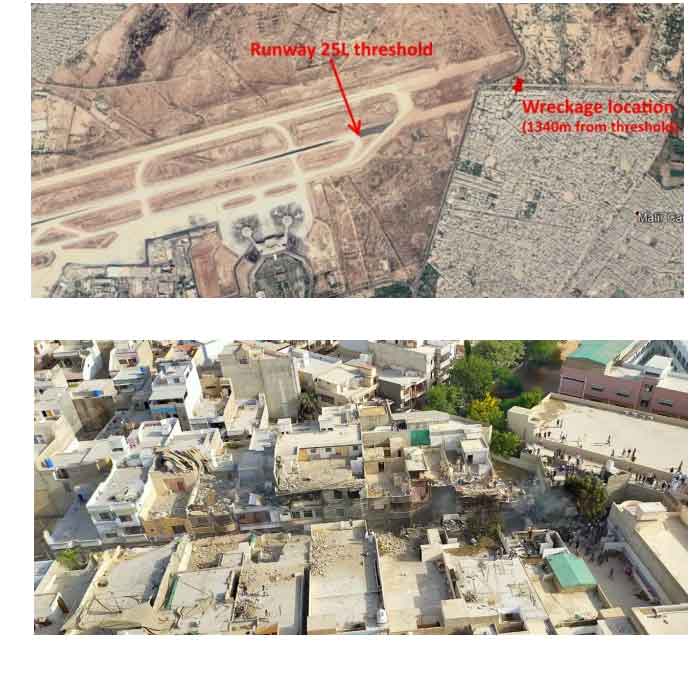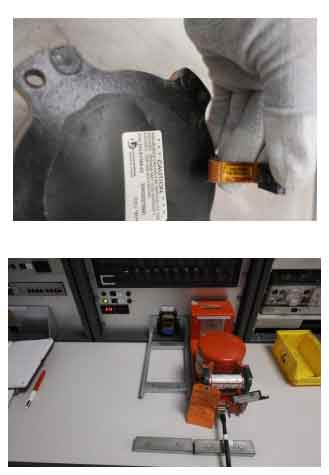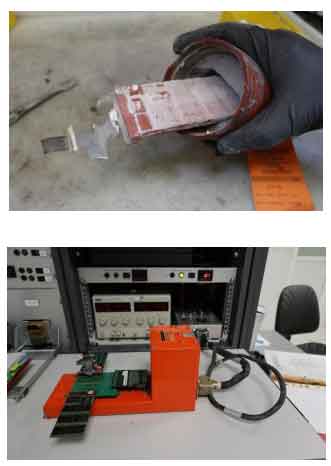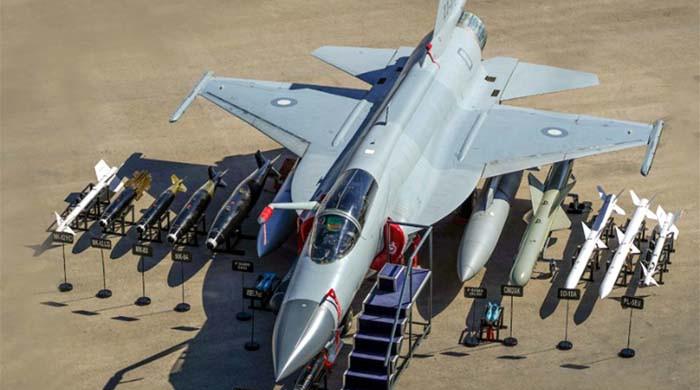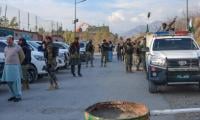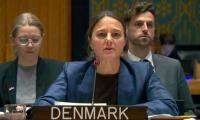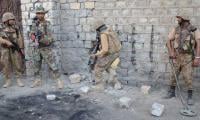‘Pilots were discussing coronavirus’: Interim report finds human error in PIA plane crash
'The last words from the pilot were, Oh God, oh God, oh God'
The initial investigation report into the Karachi plane crash concluded that the pilots and the air traffic controller (ATC) did not follow the set protocols and were not focused on their task.
The Pakistan International Airlines (PIA) plane crashed into a crowded residential area on May 22 after both engines failed as it approached Karachi airport, killing all but two people on board.
Aviation Minister Ghulam Sarwar Khan shared the findings in National Assembly today saying nepotism and political interference has damaged the national flag carrier.
“I have listened to their conversation. The pilots were not focused and their all attention was concentrated on coronavirus during the flight,” the minister said, adding "corona was dominant over their mind. Their family was affected, and they were discussing corona".
“The ill-fated plane was 100% fit to fly and it did not have any sort of technical fault.”
The minister told the lawmakers that the plane had been grounded due to a ban on flights because of coronavirus till May 7. He added that the plane took it first flight again after a break on May 7 and on May 22 it was caught in the accident.
“During this period, it completed six successful flights. And five flights were from Lahore to Karachi and Karachi to Lahore, while one flight was to Sharjah,” the minister told the parliament. He added that both the captain and his co-pilot were medically fit to fly as well.
“According to the initial report, a copy of which is with me, the pilot in the final approach did not point to any technical fault,” the minister stated.
After assessing the two most important pieces of evidence, the Digital Flight Data Recorder (DFDR) of the aircraft, which records all the actions of the plane, and the Cockpit Voice Recorder (CVR), the “first irregularity” was noticed when the pilot approached the runway.
“The plane was supposed to be at the height of 2,500 feet at 10 nautical miles before coming near the runway. According to the initial report and the record, the plane was at the height of 7,220 feet. This was the first irregularity,” said the minister.
Khan added that air traffic control drew the pilot's attention to the irregularity, and advised against landing, urging another go-around instead.
"But, despite this, the pilot ignored the controller's instruction," the minister said.
Its flight data recorder showed the landing gear was raised after having been lowered in preparation for landing, the minister said.
"When the aircraft was at 10 nautical miles, the landing gear was lowered," he said. "But it is beyond comprehension that at 5 nautical miles the landing gear was raised again."
"The last words from the pilot were, 'Oh God, oh God, oh God.'"
Gulam Sarwar Khan said the plane touched the runway thrice, which damaged the engines. He also said that he had seen the video of the skidding as well.
Khan further told the house that pilot at this point took the unilateral decision to take the plane up again and did not take instructions from the ATC and neither was he given any advise by the on-duty officer.
“The fault was at both ends. The ATC is at fault as well when he saw the plane doing the touchdown on the engines and see fire erupting, he should have informed [the pilot] but there was no communication between them at this time. The pilot took off while the engines were damaged time,” said the minister while talking about the report.
“The pilot then again requested another approach but unfortunately the approach he was given and the height he was given it could not reach there and crashed on the civilian population,” said the minister.
The minister at this point told the NA that according to the initial report the pilot and the ATC did not follow the guidelines.
Fake licenses
The minister said that 40% of pilots were flying aircraft with fake licenses.
“Pakistan has 860 active pilots, which includes PIA, Serene Air, Air Blue. The inquiry which was initiated in February 2019 showed that 262 pilots did not give the exam themselves and asked someone else to give it on their behalf,” the minister said, adding that the pilots did not have the proper flying experience either.
"Pilots are also appointed on political basis, unfortunately," he said. "Whilst appointing pilots, merit is ignored," he added, disclosing that degrees of four PIA pilots had been found to be fake.
Sarwar said that the government will take action against pilots who were found guilty of the above offenses. He said that the government will 'restructure' the PIA and will take it back to its days of glory.
- Chequered safety record -
The county’s deadliest aviation accident in eight years came days after domestic commercial flights resumed following a two-month coronavirus lockdown.
Many passengers were on their way to spend Eid al-Fitr with loved ones.
Images from the scene showed buildings torn apart after the plane’s wings sliced through rooftops, sending flames and plumes of smoke into the air.
In a rescue operation that lasted until the next day, firefighters pulled bodies from the wreckage still wearing seatbelts.
Nobody on the ground was killed.
Pakistan has a chequered aviation safety record, with frequent plane and helicopter crashes over the years.
In 2016, a PIA plane burst into flames after one of its two turboprop engines failed while flying from the remote north to Islamabad, killing more than 40 people.
The deadliest air disaster in Pakistan was in 2010 when an Airbus A321 operated by private airline Airblue and flying from Karachi crashed into the hills of Islamabad as it came in to land, killing all 152 people on board.
An official report blamed the accident on a confused captain and a hostile cockpit atmosphere.
PIA, one of the world’s leading airlines until the 1970s, now suffers from a sinking reputation due to frequent cancellations, delays and financial troubles.
-
Security forces gun down 30 terrorists in multiple IBOs in KP: ISPR
-
MQM-P calls for new province in Sindh
-
US report validates Pakistan military edge over India: PM
-
Banned TTP poses serious threat to Pakistan security: UNSC panel
-
CM Afridi clarifies remarks on by-poll after ECP requests army deployment
-
Dubai sees 3.2m Pakistani passengers in 2025 as airport sets new milestone
-
Security forces kill 23 Indian proxy terrorists in KP's Kurram
-
Pakistan to construct island to boost oil exploration: report
